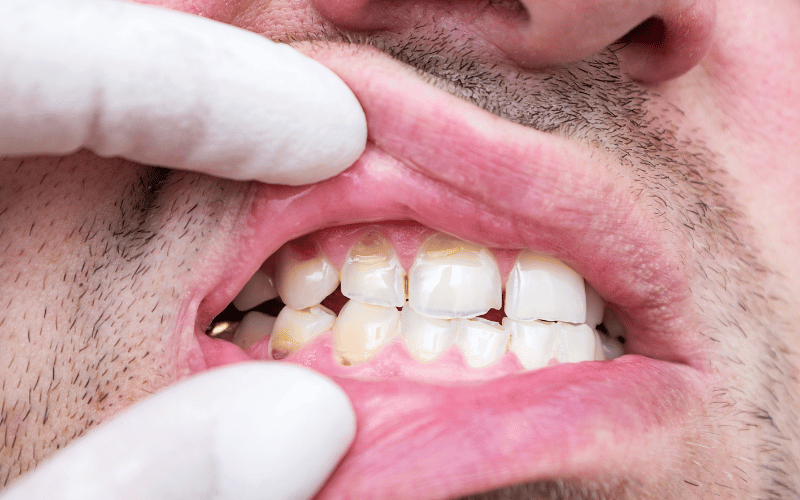Introduction: Setting the Stage for Dental Vigilance
Enamel hypoplasia is a term that may not be widely recognized, but its impact on dental health is significant. The enamel, a robust and vital layer, serves as the first line of defense for our teeth. When this shield is compromised, the effects are both visible and detrimental. Enamel hypoplasia occurs when the enamel does not form properly, resulting in a thinner, weaker layer. This condition can stem from a variety of factors, ranging from genetic predispositions to environmental influences during tooth development.

Recognizing the signs of enamel hypoplasia is not just about preserving the aesthetic appeal of your smile; it’s about safeguarding your oral health. A weakened enamel layer opens the door to a host of dental issues, including increased sensitivity, heightened susceptibility to cavities, and a higher risk of tooth damage. By delving into the signs of enamel hypoplasia, we empower ourselves with the knowledge needed to address this condition head-on, paving the way for stronger, healthier teeth.
Understanding the causes of enamel hypoplasia is an integral part of this journey. This condition can manifest due to nutritional deficiencies, exposure to certain medications, or even as a result of premature birth. The ramifications of enamel hypoplasia extend beyond the surface, affecting the very structure and integrity of the affected teeth. As we explore the five pivotal signs of this condition, we equip ourselves with the tools necessary to recognize enamel hypoplasia, laying the groundwork for proactive dental care and preventative measures.
Sign 1: Visible Pits and Grooves on Teeth

When we talk about enamel hypoplasia, the first sign that often comes to the fore is the presence of visible pits and grooves on the teeth. These indentations are not just superficial flaws; they tell a story of enamel that hasn’t quite made the grade. Think of the enamel like a suit of armor. In cases of hypoplasia, it’s as if this armor has been dented and nicked before battle has even begun, leaving the teeth vulnerable to all sorts of invaders, from plaque to bacteria.
The pits and grooves become breeding grounds for these unwanted guests, making the teeth more susceptible to cavities and decay. What’s more, these areas are tricky to clean, often eluding even the most diligent brushing and flossing routines. It’s like trying to clean a rugged mountain terrain with a simple broom; you’re going to miss spots, and those spots will become problem areas. The rough texture also affects the tooth’s ability to reflect light, resulting in a lackluster smile.
It’s not just about aesthetics, though. These pits and grooves can lead to structural issues as well. The enamel is supposed to protect the inner layers of the tooth, but when it’s compromised, everything from the dentin to the pulp is at risk. This can lead to more serious conditions and might require extensive dental work to address.
To combat this, regular dental check-ups are key. Dentists have the tools and expertise to spot enamel hypoplasia early on and can guide you through the necessary steps to manage the condition. Whether it’s a specialized cleaning regime, fluoride treatment, or even restorative procedures, addressing the issue head-on is crucial. And remember, prevention is always better than cure; maintaining a solid oral hygiene routine can help keep enamel hypoplasia at bay, ensuring your teeth stay strong and your smile stays bright.
By taking these pits and grooves seriously, and not just writing them off as minor imperfections, you’re taking a giant leap towards better oral health. You’re acknowledging that your enamel needs help, and you’re ready to give it the attention it deserves. (1)